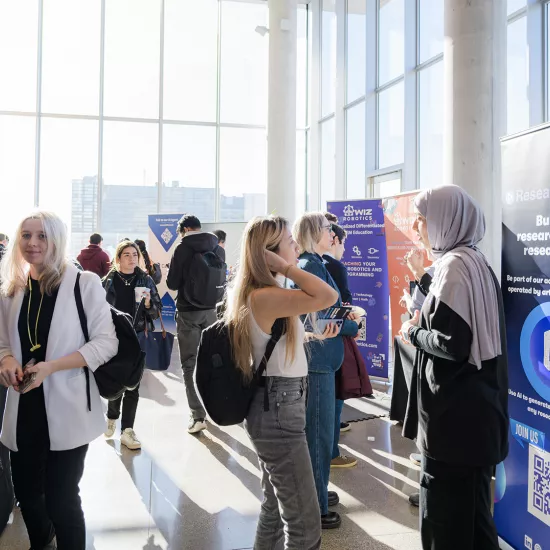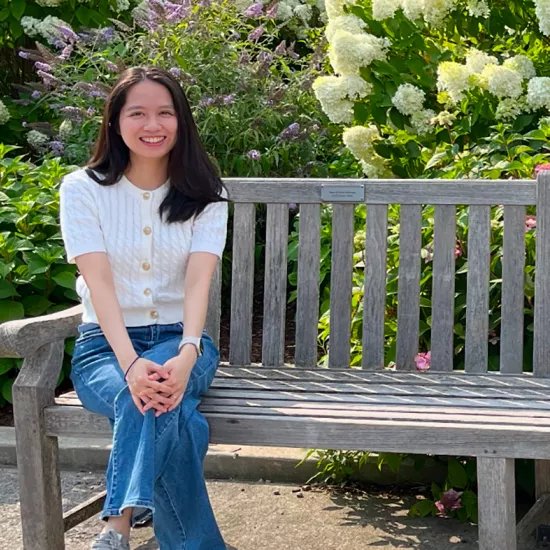"Washroom Inclusivity Project" comes to UTM

It’s something we all use every day and yet rarely speak of. Now, a new survey project aims to change that. On May 6, a team of 50 volunteers will scour the campus with measuring tapes and survey questions as part of a project to put UTM campus washrooms on the map.
The “Washroom Inclusivity Project” began last year as an initiative led by Allison Burgess and the tri-campus Sexual & Gender Diversity Office. The project will create a comprehensive online inventory of public use facilities across all three U of T campuses so visitors and the university community can easily find washrooms to fit a variety of individual needs.
“We don’t talk about washrooms, but we all use them every day,” Burgess says. “But if you are someone who can’t, or doesn’t feel you are able to, access a washroom safely, you won’t feel part of the campus and you’re going to leave. It’s really important that people know they can use the washroom.”
The UTM survey will complete the survey, which began in 2014 with an inventory of the 1,600 public washrooms on the St. George campus. The UTSC inventory was recently completed, as well.
Volunteers, who have been trained in equity issues, will visit campus washrooms to take measurements and notes about the facilities. They’ll be scouting for a range of criteria, including physical accommodations such as lower sinks and hand dryers, wide stall doors and handrails. They will also note the availability of baby and adult changing stations, foot baths for religious ablutions, and automatic door openers and hand dryers. Gender diversity requirements are also considered—the survey will note the location of single-stall, non-gendered washrooms, which can be an important alternative for transgender users who may not feel comfortable using a multi-stall gendered washroom.
Some of this information is currently available through the online campus maps, however Burgess notes that the maps must be updated to address new buildings and renovations, as well as the changing needs of the community. “We have these features, but we don’t know where they all are,” Burgess says.
“When the public comes to campus, it’s important for them to know where they can find accessible parking, automatic door openers, washrooms and other features,” says Nythalah Baker of UTM’s Equity & Diversity Office. “When Accessibility Services is working with a client, this will help them make plans more effectively to help someone navigate campus.”
Results of the survey will be added to the map over the summer, and Burgess expects to announce a tri-campus launch of the updated maps in time for the upcoming academic year.
“It’s not about designating which bathrooms people can or should use, but rather letting people know what exists so they are aware of their choices about which space to access across a variety of accessibility needs,” says Burgess. “Everyone should be able to use the washroom that suits them.”
“How does equity affect our lives day to day?” Burgess asks. “It’s not just about attending equity training. It’s also about our most basic needs.”
This project is a partnership between the Sexual & Gender Diversity Office and the UTM Equity & Diversity Office, in collaboration with the AccessAbility Resource Centre, Caretaking Services, Family Care Office, Facilities Management & Planning, Housing & Student Life, Multi-Faith Centre, OUT@UTM, the Recreation, Athletics and Wellness Centre, the UTM Muslim Students Association and UTMSU.
Find out more about at the Washroom Inclusivity Project Facebook page >



